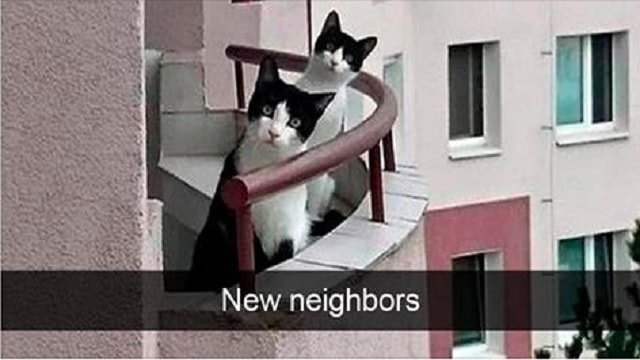There are very few things in this world more satisfying than the tiny rumble of a cat’s purr. Even if you don’t consider yourself to be a “cat person,” you still have to admit that those sweet little vibrations are both glorious and relaxing for us humans.
Yet, beyond knowing it’s amazing, you might not know exactly how or why cats purr in the first place. It turns out there’s a lot more to it than you might think.
Many people assume that purring means the cat is happy. If a cat is purring, that means it feels safe, secure, and content, right?
Well, yes. However, while this is often true, purring can also be a distress signal. Cats will also purr when they’re hungry or when they’re worried. Most shockingly of all, cats can actually purr to help themselves stay healthy.
It is also suspected that some cats purr because they want their human to stay with them, especially if the human is often busy and doesn’t have a lot of time to devote to the cat or is always on the go.
Purring is caused by the vibrations of laryngeal muscles. In humans, these are the same muscles which move our vocal cords and help us speak, so for cats, they’re simply communicating with us and with other cats in their own special way. Not much is known about how a cat’s brain generates and sends messages to the laryngeal muscles.
It can be quite difficult to monitor a cat at all when they are purring since the frequency and movement of the purr oftentimes interferes with the sound of the and breathing.
One more important thing we do know about purring, however, is that it can be a very beneficial act for the cat itself. Purring is thought to be very soothing and de-stressing for cats (and conveniently is the same for us humans).
This explains why cats purr when they are also unhappy or nervous: It’s a mechanism to help calm themselves down and retain their cat-like composure. The truth is, purring also has numerous physical benefits, including tissue-regeneration. Yep! You got it! Purring can actually help and speed up a cat’s healing process.
The low frequency of a purr (about 26 Hertz on average for a domestic cat) has the exact same muscular and bone-strengthening benefits as high-impact exercise on humans. This probably explains why they can jump from the highest bookshelf in your living room and not end up feeling a thing.
Purring, too, has the benefit of releasing endorphins, a chemical that helps in pain management and overall happiness. Many female cats will purr when they are pregnant in order to ease the aches and pains. When the kittens are born, the purring continues as a necessary form of communication between a mama cat and her kittens. Since cats are born blind, a mother’s purr is mandatory in order for the newborns to find and communicate with her. Newborn kittens pick up on her technique when they are just a few days old.
Also, the most important thing in decoding any purr is context. As it is a form of communication, it is up to us cat-lovers to decide exactly what our feline friends are trying to say to us. Perhaps they are hungry? Perhaps scared or happy? It is up to us to search for the clues.
Consequently, If you still don’t think or believe purring is the most magical natural occurrence of all time, just check out this kitten in this video!




